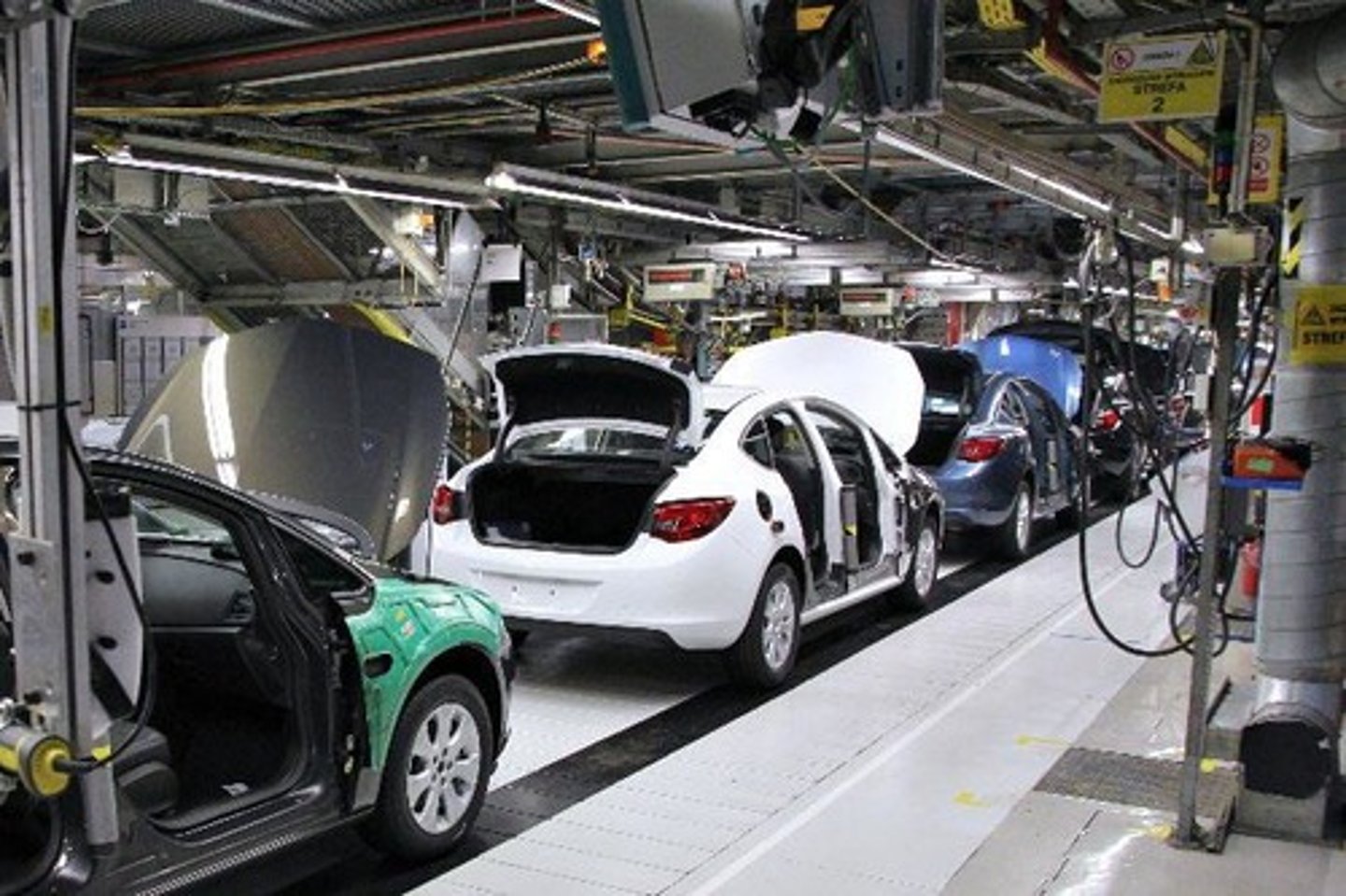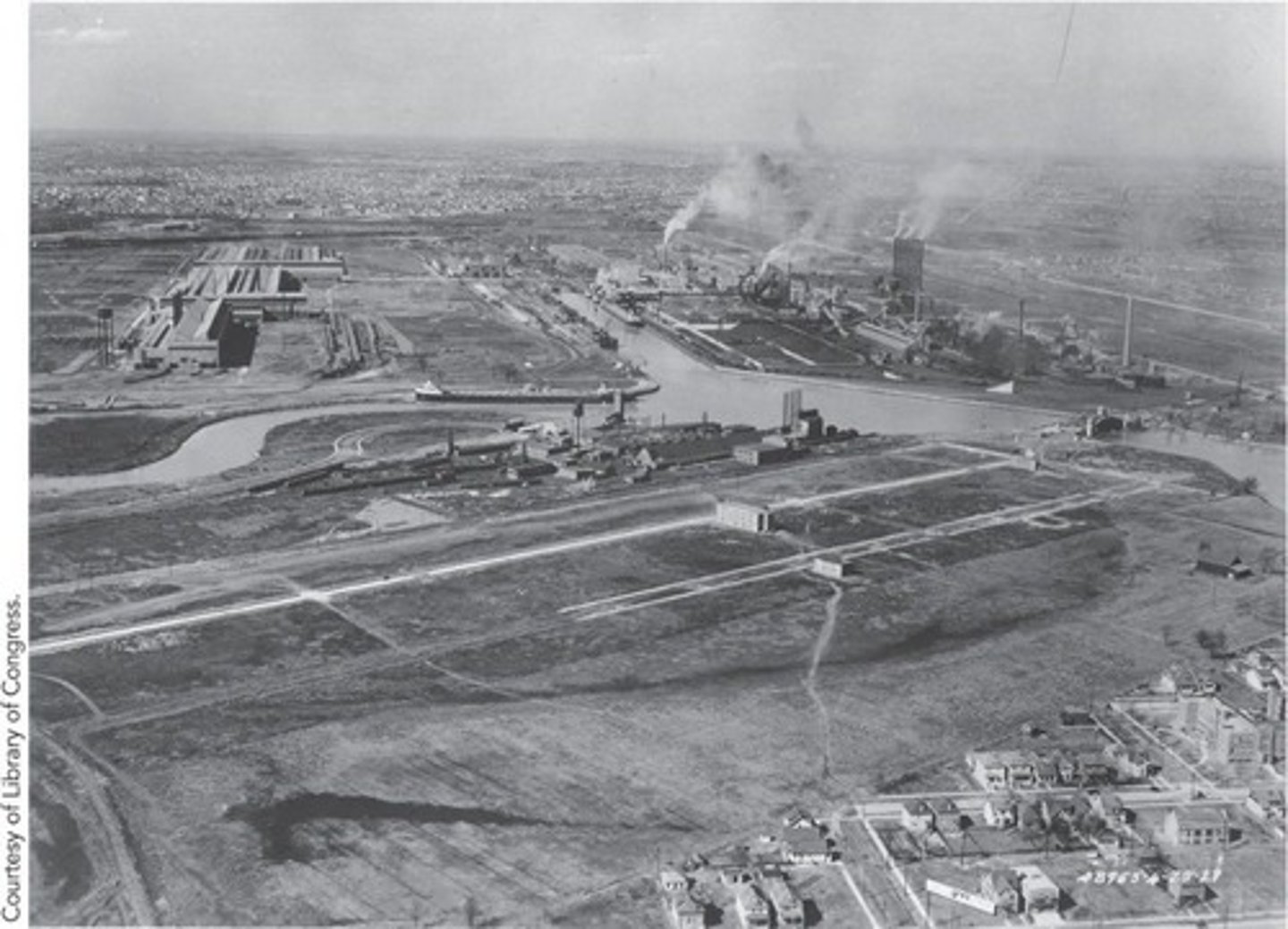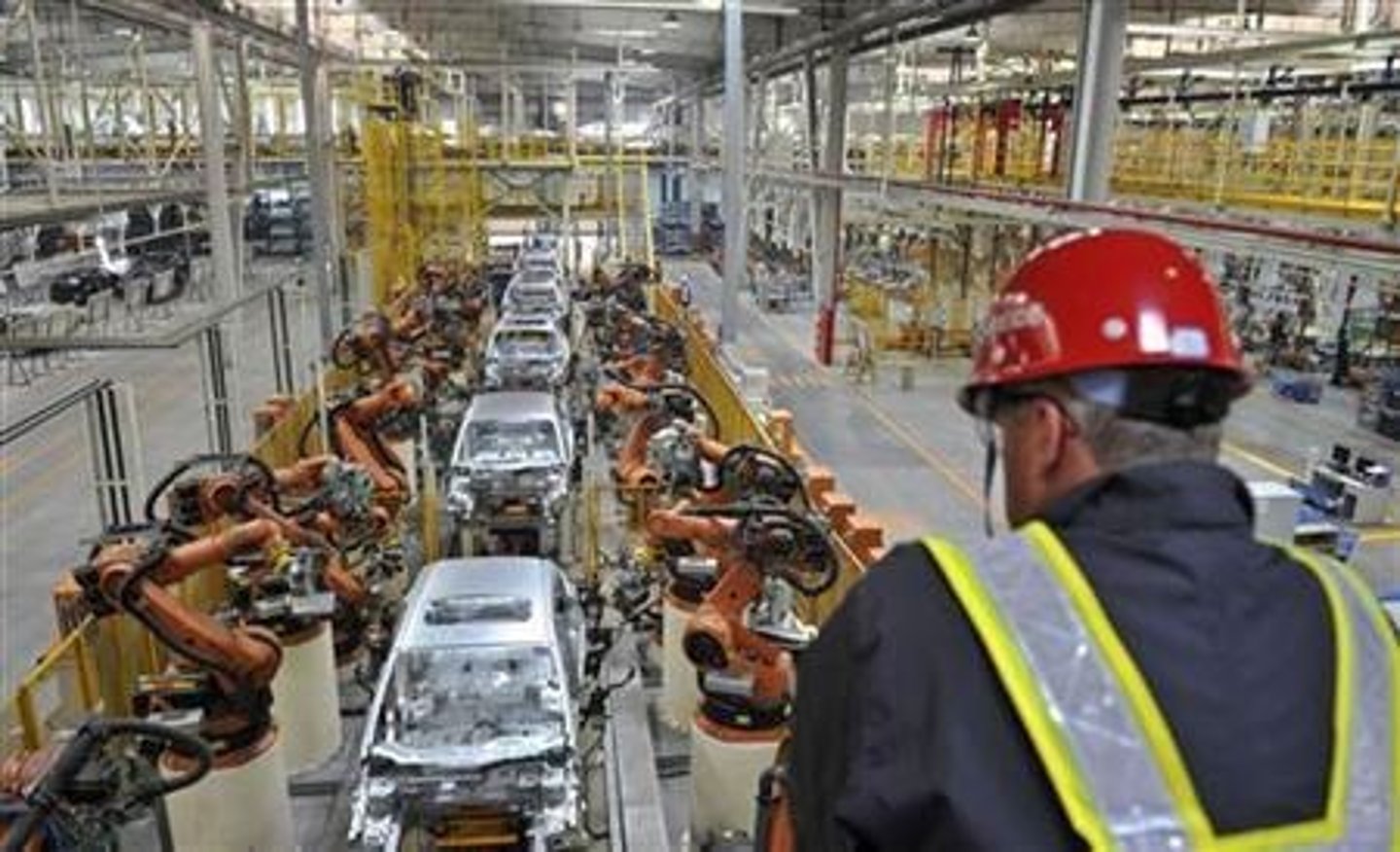Manufacturing & Production: Global Regions, Theories, and Trends
1/59
There's no tags or description
Looks like no tags are added yet.
Name | Mastery | Learn | Test | Matching | Spaced |
|---|
No study sessions yet.
60 Terms
Manufacturing
To make things-to transform raw materials into goods that satisfy needs & wants.
Importance of Manufacturing
It produces goods that sustain human life, provides employment, & generates economic growth.
Industrial Revolution
A period that began in Britain in the late eighteenth century, when manufacturing generated the working classes of Europe, North America, & Japan.
Manufacturing Definition
Transforming inputs (materials, labor, capital) into finished goods at scale.
Production Definition
A broader term including services, assembly, & value-adding processes.
Value-added
Process that adds value to raw materials and components to create a final product that consumers want and are willing to pay for.
MVA
Market Value Added; low in an industry engaged in the initial processing of a raw material.
Importance of Manufacturing and Production
Drives growth: nation's GDP, job creation, fosters innovation, strengthens national security & competitive global standing.
Germany's Trade Position (2024)
Germany is the third-largest exporter and third-largest importer in the world, producing the second-largest trade surplus after China.
Agglomeration
Spatial clustering of people & economic activities, especially industries that are related or interdependent in a place.
Site
Physical characteristics of a location, including land and natural resources.
Situation
External relationships to other places, such as markets and transportation networks.
Motor Vehicle Production & Sales
Around 80% of vehicles sold in North America are produced in North America.
Theory of Comparative Advantage
Specializing in the production of goods or services that can be produced at the lowest opportunity cost & then trading with others.
Opportunity Cost
Value of the next-best alternative that must be given up to produce a particular good or service.
Absolute Advantage
Ability to produce more of a good or service than a competitor with the same resources.
Specialization
Focusing production on goods & services where one has a comparative advantage.
Free Trade
Voluntary exchange of goods & services without barriers like tariffs, which enhances mutual benefits.
Comparative Advantage Example
A country that is more efficient at producing textiles but less efficient at producing electronics should specialize in textiles.
Comparative Advantage Example 2
A country that is better at producing electronics but less efficient at textiles should focus on electronics.
Comparative Advantage
The ability of a country to produce a good at a lower opportunity cost than another country.
International Trade
The exchange of goods and services between countries.
Aggregate Output
The total production of goods and services in an economy.
East Asia Manufacturing
Region known for electronics and semiconductors, including countries like China, South Korea, Taiwan, and Japan.
European Manufacturing
Region known for advanced manufacturing, autos, and machinery, particularly in Germany and France.
North American Manufacturing
Region known for aerospace, autos, and chemicals, particularly in the U.S. and Canada.
US-Mexico-Canada Trade Agreement
A trade agreement that facilitates trade between the U.S., Mexico, and Canada.
Bangladesh Manufacturing
The country's rapid industrialization has halved poverty and significantly boosted GDP through textiles and garments.
Audi's Smart Factory
An investment in San Jose Chiapa focusing on robotics, automation, and digital networks.
Fordism
A system of industrial production designed for mass production, characterized by assembly lines.

Fordist Production
Production method that cut the time to produce one car by half.
Challenges in Manufacturing Growth
Includes trade barriers, need for innovation, policy matters, and education & skill development.
Tanzania Industry Breakdown
Focus on resources including agricultural and minerals to serve domestic and regional markets.
Key Drivers of Growth in Tanzania
Lower production costs, government policies, focus on labor-intensive exports, and investment in key sectors.
Weaknesses of Fordist Production
Issues include reliance on mass market, monotonous work, and potential breakdowns in the assembly line.
Solutions to Fordist Production Weaknesses
Strategies to ensure that everything produced has already been sold.
Global Slowdown
A trend affecting manufacturing and economic growth worldwide.
Shifting Comparative Advantage
Changes in which countries have a comparative advantage in producing certain goods.
Regional Heterogeneity
Variations in economic and industrial development across different regions.
Rise of Services
An increasing importance of the service sector in the economy compared to manufacturing.
China's Dominance
China's significant role and influence in global manufacturing and trade.
Vertical Integration
Company controls two or more stages in the production or distribution of a commodity either directly or through contractual arrangements.
Ford's River Rouge Plant
Self-sustained factory complex located in Dearborn, MI, consisting of 93 buildings, 100 miles of rail tracks, 120 miles of conveyor belts, and covering 2,000 acres.

Crisis of Fordism
The decline of the Big 3 (Ford, Chrysler, GM) due to the 1970s energy crisis and inability to adjust quickly to technological changes.
Big 3
Refers to the three major American automobile manufacturers: Ford, Chrysler, and GM.
Flexible Production
Also known as lean production, where consumer demand shapes the amount and kind of products produced.
Just-in-time (JIT) delivery
Shipment of parts and materials to arrive at a factory moments before they are needed.
Just-in-time system
Parts and materials arrive at a factory frequently, daily or even hourly.
Supplier of parts and materials
Must locate factories near its customers to reduce the money that a manufacturer must tie up in wasteful inventory.
Just in Time by Toyota
The first company to implement the just-in-time production system in 1970.
JIT: Three successful companies
Toyota, Apple, and McDonald's are noted for successfully implementing just-in-time delivery.
Just-in-time delivery disruptions
Issues such as weather, traffic, and labor unrest can disrupt just-in-time delivery.
Positive impacts of Technology & Automation
Includes increased efficiency and productivity, improved quality and consistency, reduced costs, enhanced safety, greater agility and customization, and better decision-making.
Manufacturing and industrial automation
Involves systems of integrated equipment following a program or other sequence to accomplish a task without direct human action.

Challenges & negative impacts of Automation
Higher upfront costs, workforce disruption, jobs lost, displacement of workers, increase in income inequality, and lower wages.
Labor conditions
Include rigid hours, noisy environments, inadequate safety regulations, hazardous tasks, harassment, exploitation, inadequate wages, child labor, and discrimination.
Environmental issues
Include pollution, soil degradation, climate change, resource depletion, waste generation, and habitat destruction.
Supply chain vulnerabilities
Include risks such as geopolitical threats, cybersecurity threats, natural disasters, supplier dependency, and pandemics.
Reshoring
Relocation of a business's supply chain and manufacturing operations back to its home country.
Nearshoring
Relocation of operations to a nearby foreign country, not the home country.